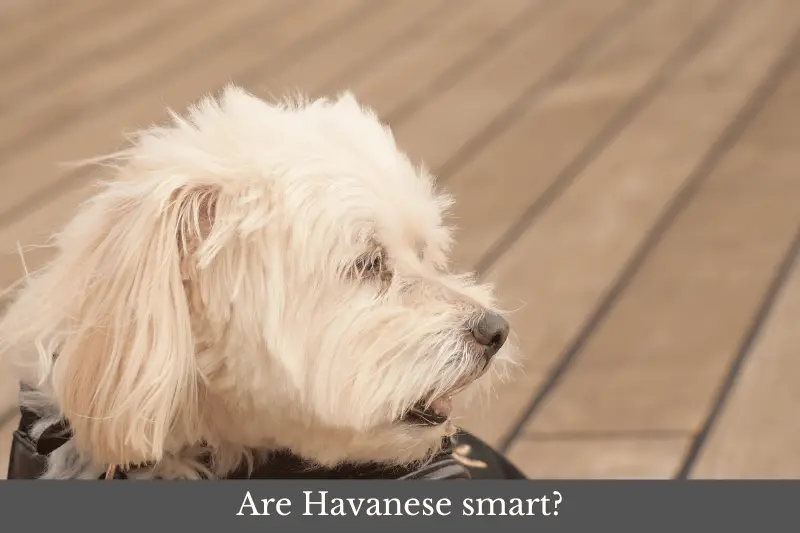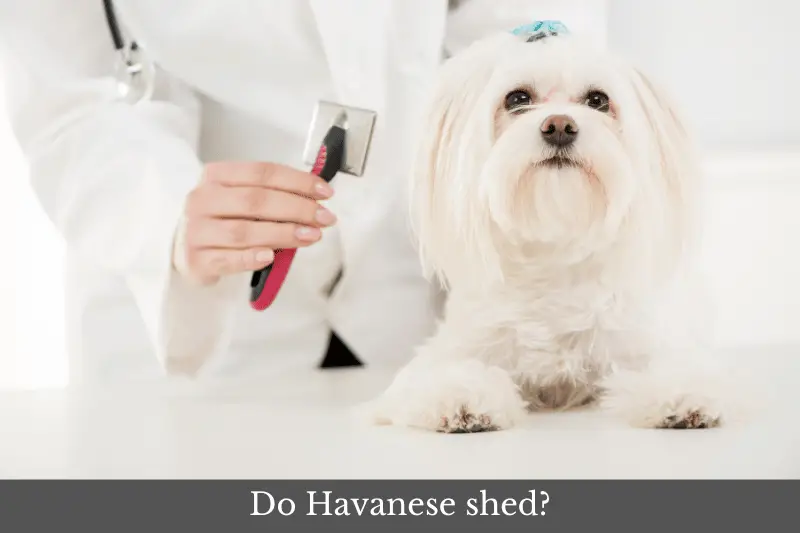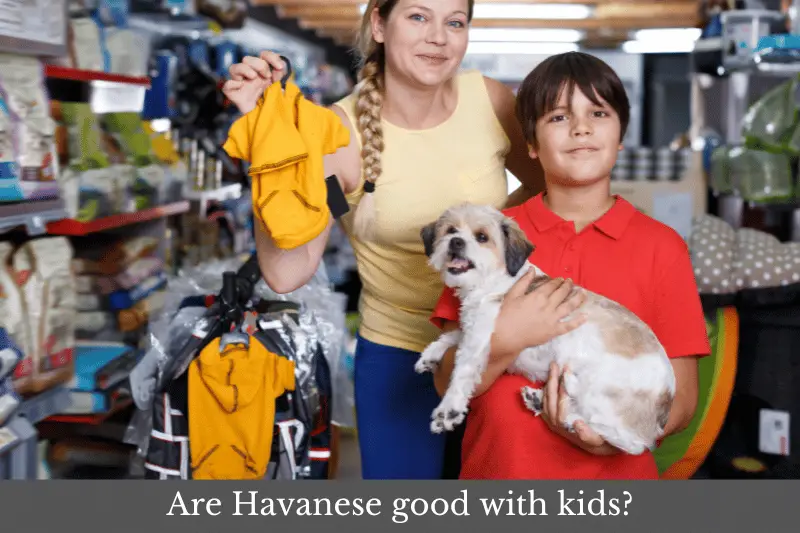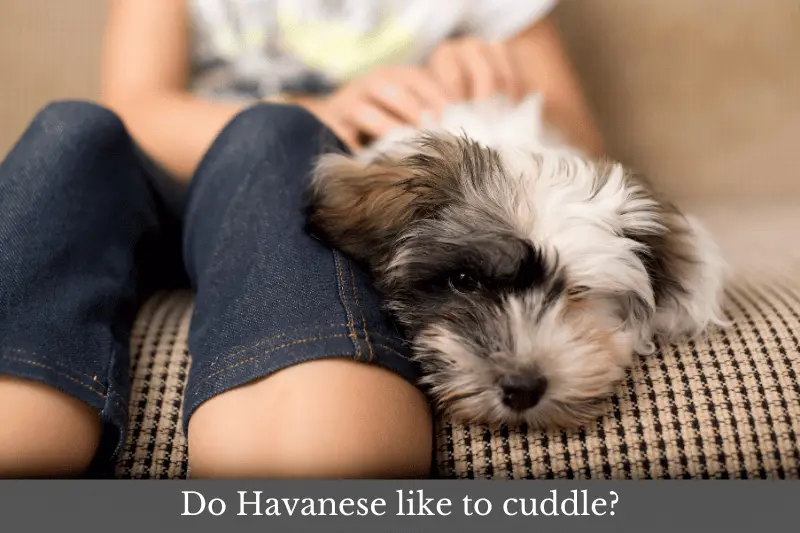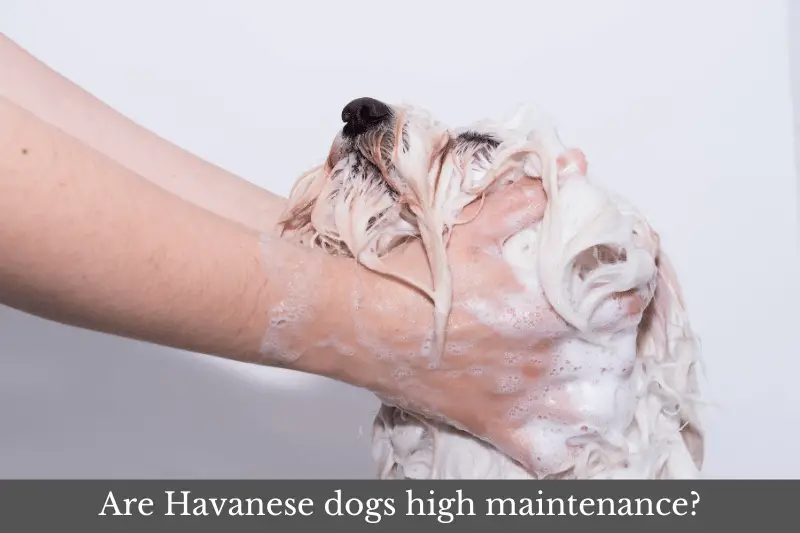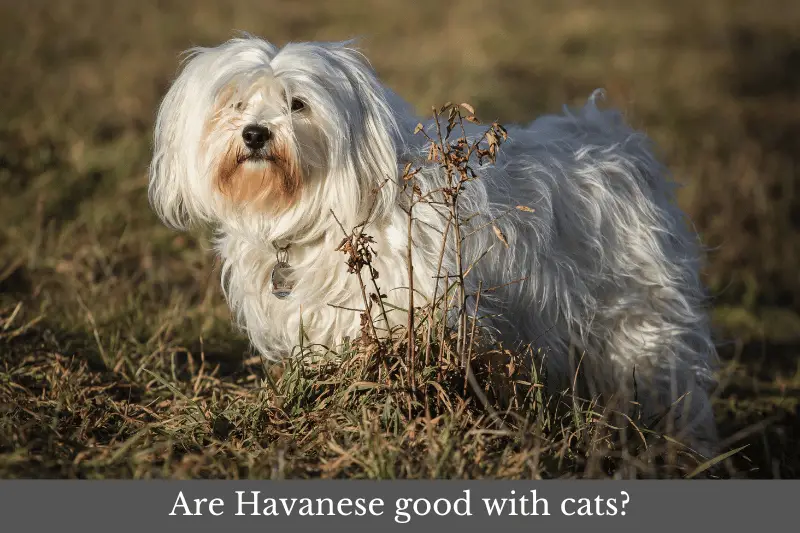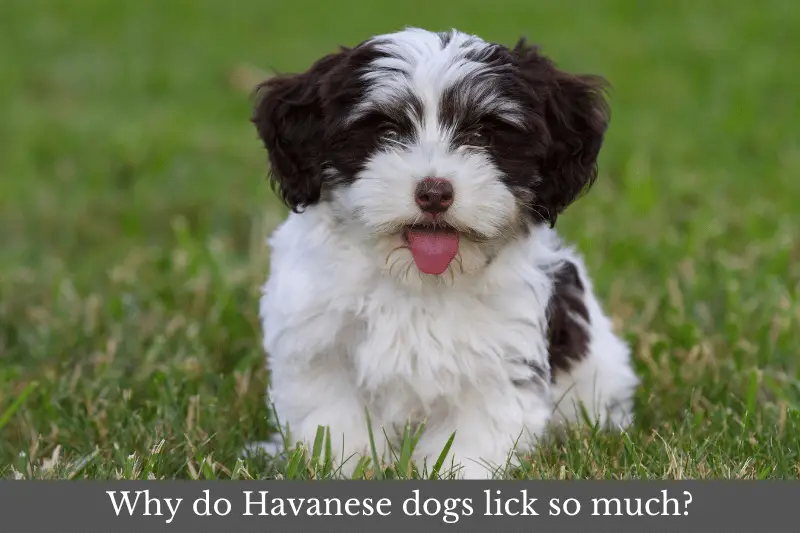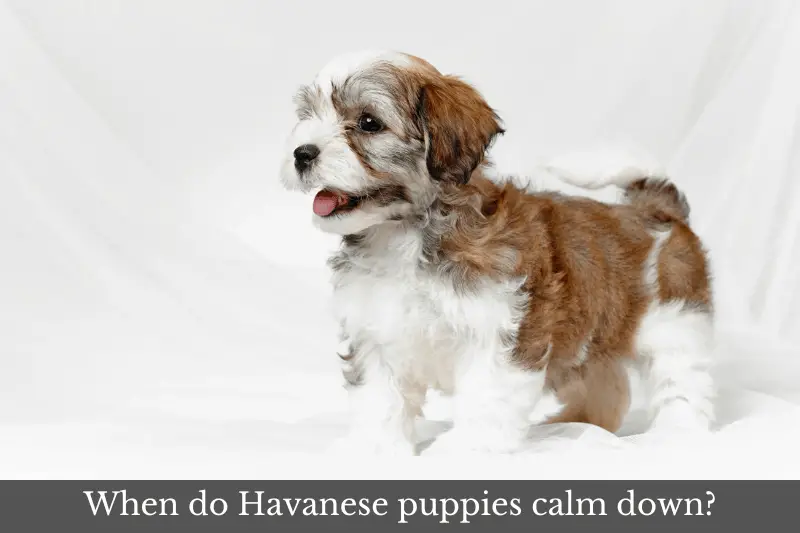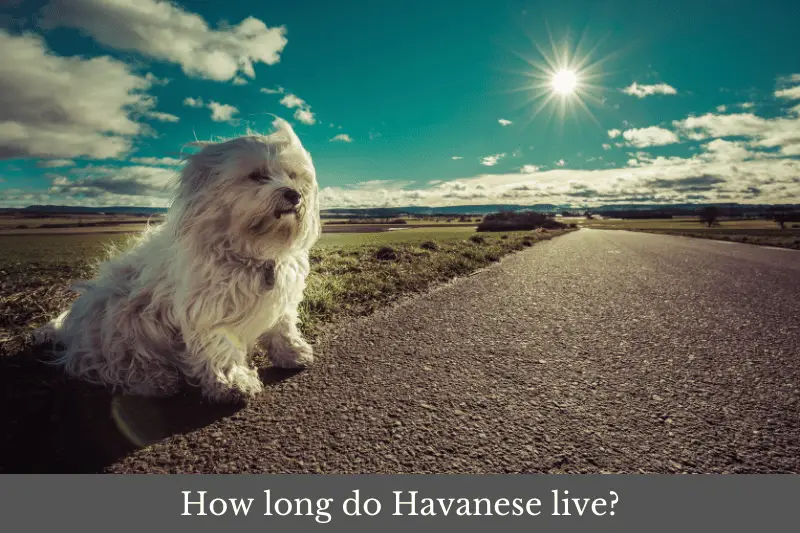The luxuriously coated Havanese, the national dog of Cuba, ranks today among the top 25 or so most popular breeds in the United States, where many of these “Bichon”-style toys relish city living. Boasting an intriguing history, an endearingly springy gait, and a lovable personality, these lapdogs boast major appeal.

The Havanese dog breed
History
The Havanese was the pampered lapdog of Cuba’s moneyed class for centuries. The breed derives from that important Bichon (Barbichon) family of toy dogs, which were popular companions of mariners; the Havanese likely shares a common origin with such fellow Bichons as the Maltese. The arrival of the Havanese’s ancestor in Cuba is generally attributed either to Italian sailors or Spanish colonists; the Havanese Club of America, for one, suggests the likeliest origin as Spanish settlers from the Canary Islands, who may have brought to Cuba what some consider the foundational Bichon: the Bichon Tenerife or Bichon Frise.
An early form became known as the Blanquito de la Habana, the “Little White Dog of Havana.” Cross-breeding with the Poodle may have contributed to the refinement of the breed, the plush coat of which led to the alternative names of Spanish Silk Poodle and the Havana Silk Dog – the latter still used today.
That unique, silky coat, which despite double-layering lends the Havanese significant heat-tolerance, seems to directly stem from the tropical climate under which this lapdog developed.
Havanese gained some popularity in Europe, where they often performed as circus dogs. Charles Dickens, incidentally, owned one; so did (later) the American writer Ernest Hemingway, who loved Cuba and lived in Havana for decades.
Despite periods of considerable, transatlantic popularity, the Havanese breed was somewhat in decline when, upon the outbreak of the Fidel Castro’s revolution, some of the “little white dogs of Havana” came to the United States with Cuban ex-pats. Their popularity has since grown by leaps and bounds.
Appearance
While the Havanese is certainly historically associated with a white coat, today’s Havana Silk Dogs come in all kinds of colors, from fawn to chocolate. You’ll also see a range of coat styles, depending on owner whims and wants: from relatively short “puppy” crops to long and straight-coated or “corded.”
The hair of both the undercoat and the outer coat is soft, and in its natural growth tends to be slightly wavy; the outer coat hairs may be eight inches long.
The hind legs are slightly longer than the front ones, resulting in a subtle rise from the Havanese’s withers to its rump. That getup accounts for this little dog’s springy movement, which is a defining characteristic. The tail curls over the back.
Havanese usually stand 8.5 to 11.5 inches at the shoulder and weigh between seven and 13 pounds.
Personality and temperament
Loving, cuddly, and attention-seeking: That’s the Havanese in a nutshell. (It’d almost fit in a nutshell, too – not quite.) These affectionate dogs love nothing more than being right in the center of it all, receiving adoration and providing comfort and companionship.
The flipside of this is that the Havanese doesn’t do well when left alone for long periods: This is a toy breed that wants to be near you whenever possible.
Generally affectionate and good-natured around cats, other dogs, children, and strangers, and requiring only moderate exercise, the Havanese is a good choice for urban apartments and homes.
Shedding / grooming
Havanese are only occasional shedders. Ideally you should comb or brush those silky coats daily to prevent the formation of mats. The shorter “puppy” clip demands less meticulous grooming.
Along with occasional bathing, the American Kennel Club recommends you regularly check your Havanese’s ears to clear them of debris or buildups.
Health and lifespan
Havanese are quite healthy and long-lived dogs, boasting a life expectancy of some 12 to 15 years.
Issues to watch out for include patellar luxation, chondrodysplasia, the hip ailment called Legg-Calve-Perthes disease, eye problems, and deafness.
Exercise needs
As born-and-bred lapdogs, Havanese have somewhat lower exercise needs than many breeds – which certainly doesn’t mean you should encourage laziness. A brisk walk and/or some indoor or outdoor play sessions each day should keep them in fighting (read: loving) shape.
Training and intelligence
The Havanese is a brainy toy dog with a major bent toward eager-to-please interactivity: that makes it a supremely trainable breed. Favor positive reinforcement, though, as their sensitive natures don’t weather harsh scolding very well. Expose them early to new people, places, and other dogs while remaining protective, and the end result should be a comfortable, happy-go-lucky Havana Silk Dog of absolutely sparkling personality.

